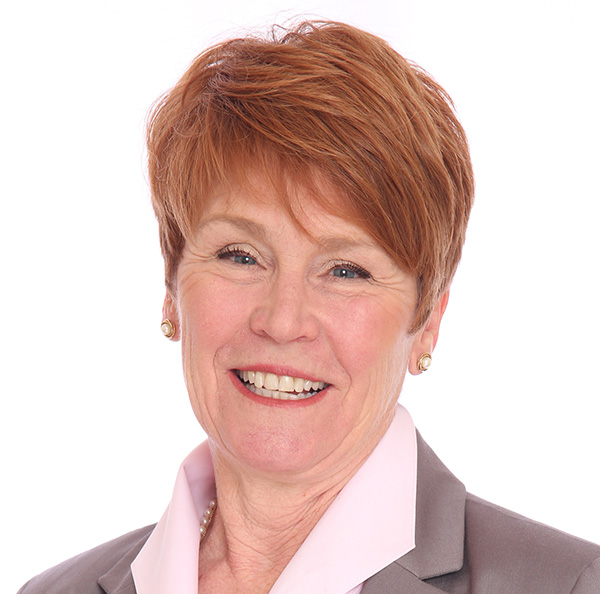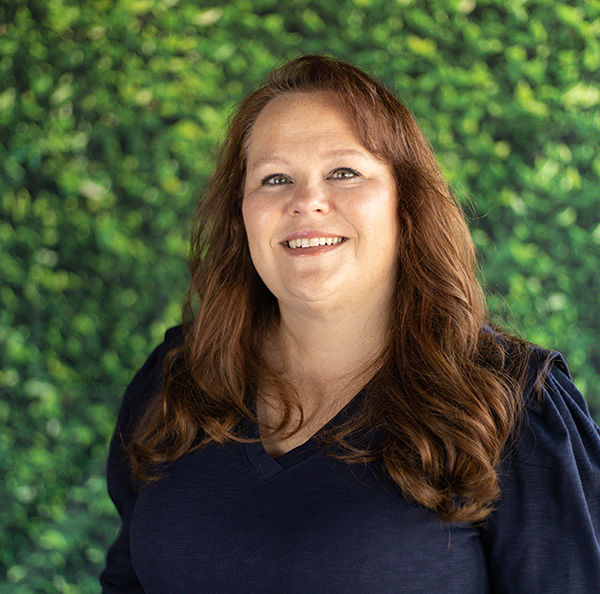Student-Centered Power
Student-led conferences are a powerful practice that empowers students to prove and explain their learning to their parents using evidence of their own work. Truly, it is a student-centered practice, but we as teachers must ask, how can we take this idea further? How can we empower students in everyday conversations about learning?
Based on the research of John Hattie (2012), we know that assessment capable learners are able to answer the following questions about their own learning:
- Where am I going? or What is the learning goal?
- How am I doing? or What is my progress toward the learning goal?
- Where to next? or How can I deepen my learning?
In other words, assessment capable learners own their learning, their progress, and their next steps, as well as their conferences. We suggest one additional question that that gets to the heart of student-ownership of learning: What is my contribution? In order to establish student-centered classrooms, learners must understand how their role impacts learning for themselves and others.
Putting these questions together, we have proposed new model for student-led conferences published in Education Week’s Finding Common Ground blog April 2015 hosted by Peter Dewitt.
New Conference Scenario
Question: Where am I going?
Evidence Students Share: Student-friendly learning goal(s) and success criteria developed as a class.
Question: How am I doing?
Evidence Students Share: Achievements or progress toward learning goal through student work samples aligned to learning goals and success criteria.
Question: Where to next?
Evidence Students Share: Content and skills yet to be learned or ways to deepen learning according to formative assessments and success criteria.
Question: What is my contribution?
Evidence Students Share: Students explain or share evidence of how they contributed to move learning forward for everyone.
From Student-Led Conferences to Student-Led Conversations about Learning
How then can we transfer the powerful practice of student-led conferences into the everyday in the classroom? Research informs us that effective classroom discussion and feedback both have the potential to double the speed of learning for students (Hattie, 2012). If that is the case, is this the key to transform Student-led Conferences that occur a few times a year, to Student-led Conversations that can happen anytime, anywhere, and with anyone?
We believe it is an informed place to start if we want students to continuously reflect on their learning and own their progress. In the following chart, we have provided some practices that may be used to inspire everyday learning conversations.

References:
Hattie, J. A. (2012). Visible learning for teachers: Maximizing impact on teachers. New York, NY: Routledge.
O’Connell, M. J. & Vandas, K. (2015). Partnering with students: building ownership of learning. Thousand Oaks, CA: Corwin Press.


